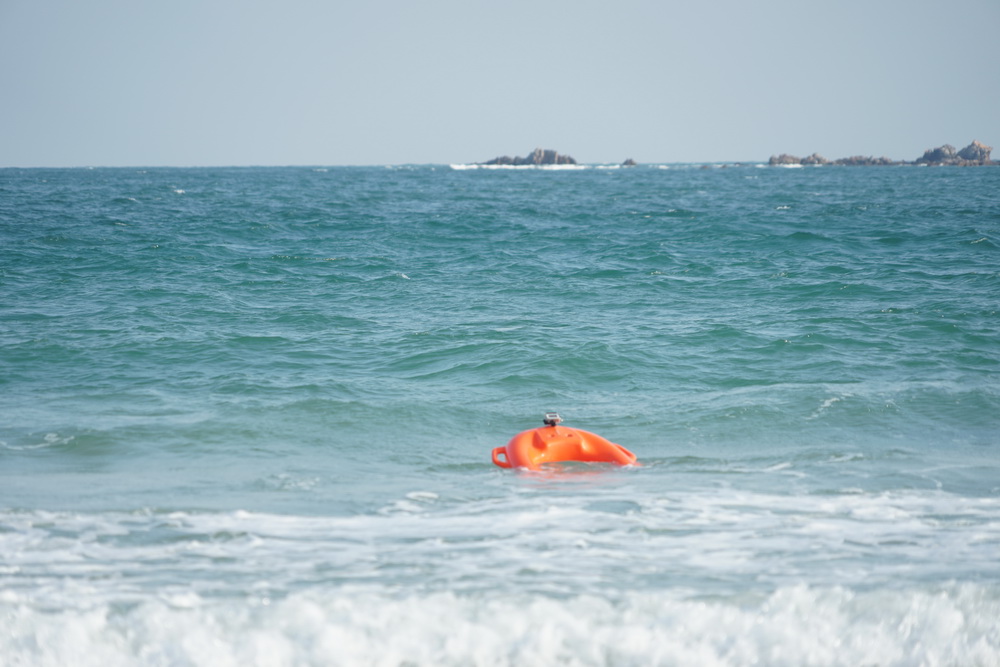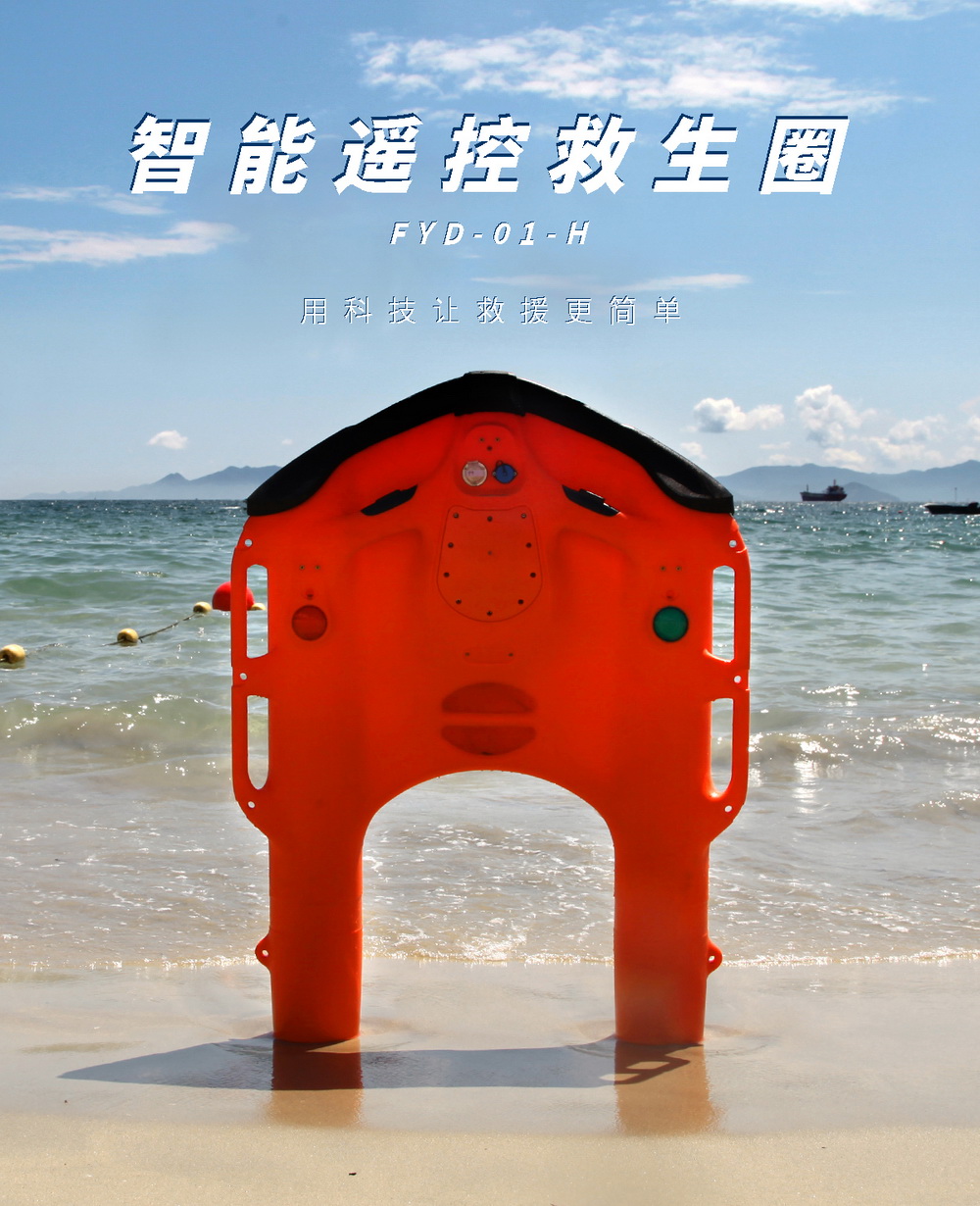


In the modern field of water safety, traditional lifesaving equipment is gradually being replaced by smarter and more efficient technologies. Among them, the U-shaped remote-controlled life ring, as an innovative water surface rescue robot, is redefining the standards of water rescue. It not only enhances the speed and safety of rescues but also demonstrates outstanding performance across multiple real-world scenarios, establishing itself as the new benchmark for future water rescue operations..

The design of the U-shaped remote-controlled life ring stems from a deep understanding of the limitations of traditional rescue methods. In the past, lifeguards often had to take significant risks when performing manual rescues in complex water conditions or adverse weather. The U-shaped remote-controlled life ring, however, enables a "human-machine separation" rescue model through remote control technology. Rescuers can operate the device from shore or a safe location, precisely deploying the life ring to reach a victim, significantly reducing secondary risks during rescue operations.
Constructed from high-strength lightweight materials, the device offers excellent buoyancy and impact resistance. Its unique U-shaped design not only makes it easy for victims to grasp and hold on but also effectively reduces water resistance, enhancing navigation stability. Equipped with a high-performance motor and propeller system, it can reach speeds of over 3 meters per second on the water surface—far exceeding human swimming speeds. Additionally, a waterproof camera and real-time video transmission system allow operators to clearly monitor the scene, enabling precise navigation and positioning.
Furthermore, the U-shaped remote-controlled life ring features intelligent obstacle avoidance and an automatic return-to-home mode. If the signal is lost or the battery is low, the device automatically returns to its starting point, ensuring its safety. With a battery life of over 40 minutes, it fully meets the demands of most water rescue missions. Whether on beaches, lakes, rivers, or swimming pools, this water surface rescue robot can respond quickly, buying precious time for saving lives.
As artificial intelligence and IoT technologies continue to advance, future versions of the U-shaped remote-controlled life ring will integrate even more intelligent features, such as automatic drowning victim detection, voice calming systems, and multi-unit coordinated operations, further improving rescue efficiency and success rates.
It is foreseeable that the U-shaped remote-controlled life ring is not only a crucial component of modern water safety systems but also a prime example of how technology empowers life-saving operations. With its efficient, safe, and intelligent capabilities, it is leading water rescue into a brand-new era.





















 Current Position:
Current Position:











